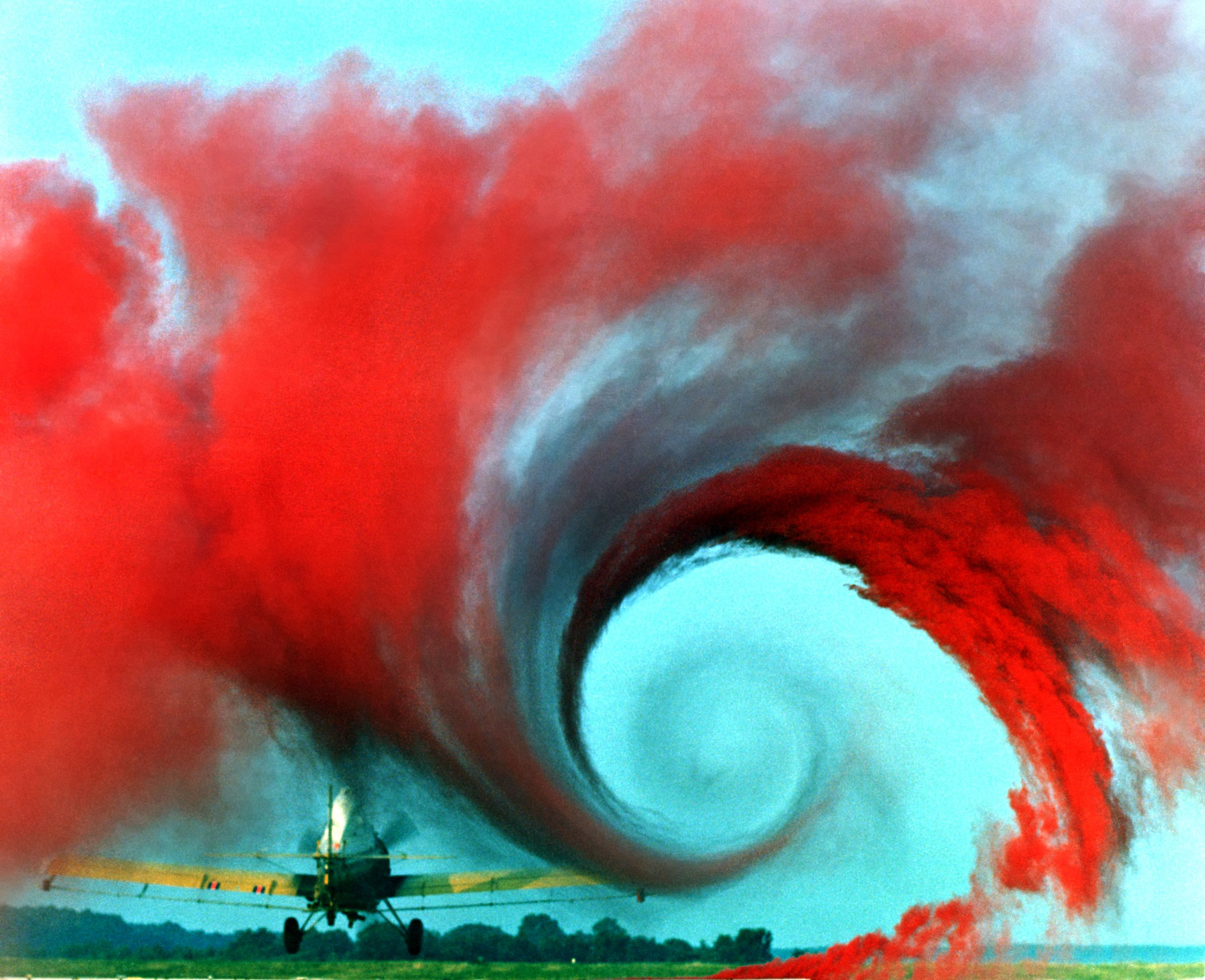Learn how to operate a plane
- Understanding Aerodynamics
- Basic Instrument Understanding
- Operating Protocols
- Takeoff Procedures
- Cruising & Instrument Navigation
- Effect of Weather on Flight
- Air Traffic Control Communication
- Emergency Situations
- Night and High-Altitude Operations
- Revisiting Essential Concepts
Revisiting Essential Concepts
Key Concepts Highlight in Aircraft Operation

Branch of dynamics concerned with studying the motion of air.
In this comprehensive review, we will revisit the most important concepts covered throughout the course. This serves as a refresher and a consolidation of the knowledge you've gained in the field of aircraft operation.
Aerodynamics
We start with the principles of flight, which are the foundation of aircraft operation. The four forces acting on an aircraft in flight are lift, drag, thrust, and weight. Lift counteracts the weight of the plane, allowing it to rise into the air, while thrust counteracts drag, propelling the plane forward. Understanding these forces and how they interact is crucial for controlling an aircraft.
Instrument Understanding
Next, we revisit the aircraft's control systems. The control systems are the pilot's tools for manipulating the aircraft's flight path. We'll review the primary flight controls (ailerons, elevator, and rudder), secondary controls (flaps, slats, and spoilers), and the aircraft's navigation and communication systems.
Operating Protocols
Operating protocols are the procedures that pilots follow before, during, and after a flight. We'll review the pre-flight checklist, which includes inspecting the aircraft and planning the flight; the in-flight procedures, which involve navigating the aircraft and communicating with air traffic control; and the post-flight procedures, which include securing the aircraft and logging the flight. We'll also revisit emergency checklists and radio protocols.
Flight Planning
Flight planning involves preparing for a flight by studying weather conditions, calculating fuel requirements, and planning the route. We'll review how to interpret weather reports and forecasts, how to calculate fuel consumption, and how to use aeronautical charts for navigation.
Takeoff and Landing Procedures
Takeoff and landing are two of the most critical phases of a flight. We'll revisit the procedures for taxiing the aircraft to the runway, taking off, and climbing to the cruising altitude. We'll also review the approach procedures, touchdown, and landing roll, as well as the post-landing procedures.
Cruising & Instrument Navigation
Cruising is the phase of flight where the aircraft is in level flight at a constant speed and altitude. We'll review the concept of flight levels and how to read aeronautical charts. We'll also revisit how to use the aircraft's instruments for navigation.
Weather Effects
Weather has a significant impact on flight operations. We'll revisit the different types of weather systems and how they affect flight. We'll also review the basics of meteorology for pilots, including how to interpret weather reports and forecasts.
Navigation Skills
Navigation is the process of planning and following a route. We'll review the basic and advanced navigation skills, including pilotage, dead reckoning, and using GPS for navigation.
Air Traffic Control Communication
Communication with air traffic control is a vital part of flight operations. We'll revisit the basics of ATC communication, including the standard phraseology and techniques for clear and effective communication.
Emergency Situations
Finally, we'll revisit how to handle emergency situations in flight. We'll review the basic emergency procedures and recovery techniques, emphasizing the importance of staying calm and following the procedures.
In conclusion, this review should serve as a comprehensive refresher of the key concepts in aircraft operation. Remember, the key to becoming a proficient pilot is continuous learning and practice.